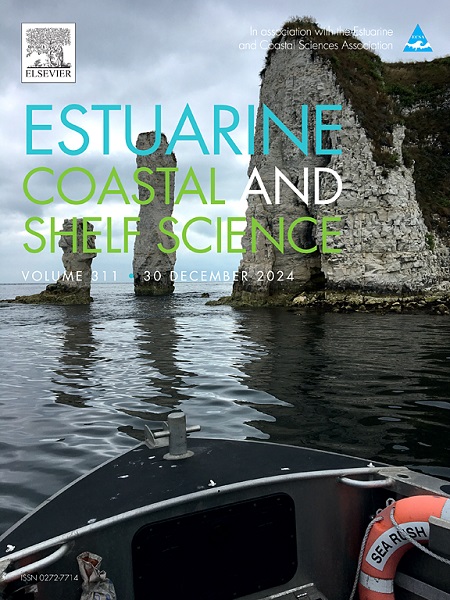Environmental DNA as a novel tool for monitoring fish community structure and diversity feature in the northern Antarctic Peninsula
IF 2.6
3区 地球科学
Q1 MARINE & FRESHWATER BIOLOGY
引用次数: 0
Abstract
The northern Antarctic Peninsula (NAP), one of the fastest warming area around the Southern Ocean, hosts a large variety of endemic fish and is influenced by complex hydrography. However, the dynamics of fish diversity kept unclear and without monitoring. Monitoring of environmental DNA (eDNA) is a noninvasive, ecofriendly, and accurate approach for detecting aquatic organisms, including fish. In this study, the fish composition and diversity were detected by high-throughput sequencing of eDNA for the first time in the NAP. Overall, 32 species (1 order, 6 families, and 25 genera) of fishes were detected in the environmental water samples from 18 stations around the NAP, in which number of fish species were similar in the Drake Passage and the northern shelf of the South Shetland Islands (DP-SSIs) and the Bransfield Strait (BS). Most of the fish species were identified in previous Antarctic fish surveys using conventional methods, which supports the applicability of eDNA-based survey. Moreover, Pogonophryne albipinna was detected firstly in the NAP. Among the identified fish species, Champsocephalus gunnari and Notothenia rossii had the highest abundance (45.04% and 27.59%, respectively). There was difference in fish composition between the DP-SSIs and BS stations, although alpha diversity indices did not differ. The dissolved oxygen content and water temperature were the main drivers for the differences in fish species composition between areas. Our results indicated that eDNA could be a rapid and accurate biomonitoring approach for the entire Southern Ocean, particularly in areas with difficult logistics, in the future.

求助全文
约1分钟内获得全文
求助全文
来源期刊
CiteScore
5.60
自引率
7.10%
发文量
374
审稿时长
9 months
期刊介绍:
Estuarine, Coastal and Shelf Science is an international multidisciplinary journal devoted to the analysis of saline water phenomena ranging from the outer edge of the continental shelf to the upper limits of the tidal zone. The journal provides a unique forum, unifying the multidisciplinary approaches to the study of the oceanography of estuaries, coastal zones, and continental shelf seas. It features original research papers, review papers and short communications treating such disciplines as zoology, botany, geology, sedimentology, physical oceanography.

 求助内容:
求助内容: 应助结果提醒方式:
应助结果提醒方式:


